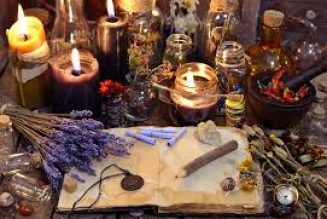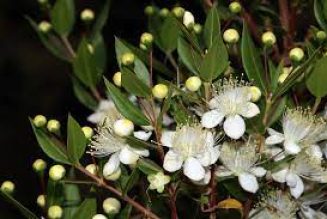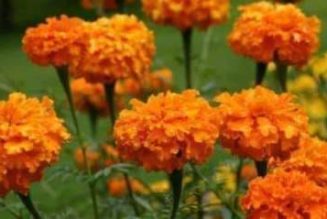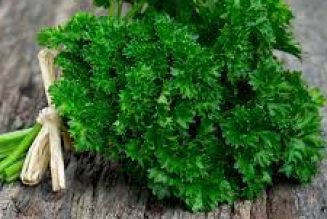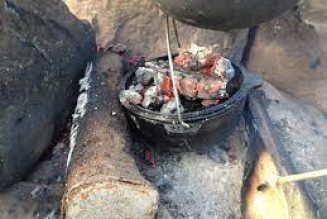Herbal medicines are still in use today.
In some respects, they have gained a new momentum in the medical field.
As many people seek alternative treatments and begin to check out traditional, and Eastern, medicine, herbs are becoming more popular.
As physicians seek new treatments for many common illnesses they are beginning to revisit the traditional remedies, using herbal medicines.
Pharmaceutical medications, with their potential for harmful side effects and addiction, are becoming less popular.
People are seeking alternatives to the modern medical interventions. Improving, and maintaining, health naturally is a very popular approach to overall wellness.
The herbs used today are generally cultivated for those purposes.
Very few herbs are harvested from the wild, with the exception of a few still found in the rainforests and higher elevations.
The cultivation of herbs for medicinal uses is a large field and more people are beginning to plant their own herb gardens.
Many monasteries continue to grow large herbal gardens within their walls.
Elderly people also metabolize medications differently, and generally are on more medications, and therefore must also exercise caution when trying new herbal treatments.
Underlying ailments that may affect the body’s ability to process or absorb medications are also an issue.
The history of herbal medicine has been both long and colorful.
From the early Chinese Empires to modern physicians’ offices, herbal medicines have continued to be a part of the medical field.
Herbal treatments have matured throughout history, along with the methods of delivering them.
In the beginning, the herbs were used in a hit or miss method and required major events to change their use.
Research and clinical trials have helped to shape the field of medicine, and the future for herbal medicine looks bright.

